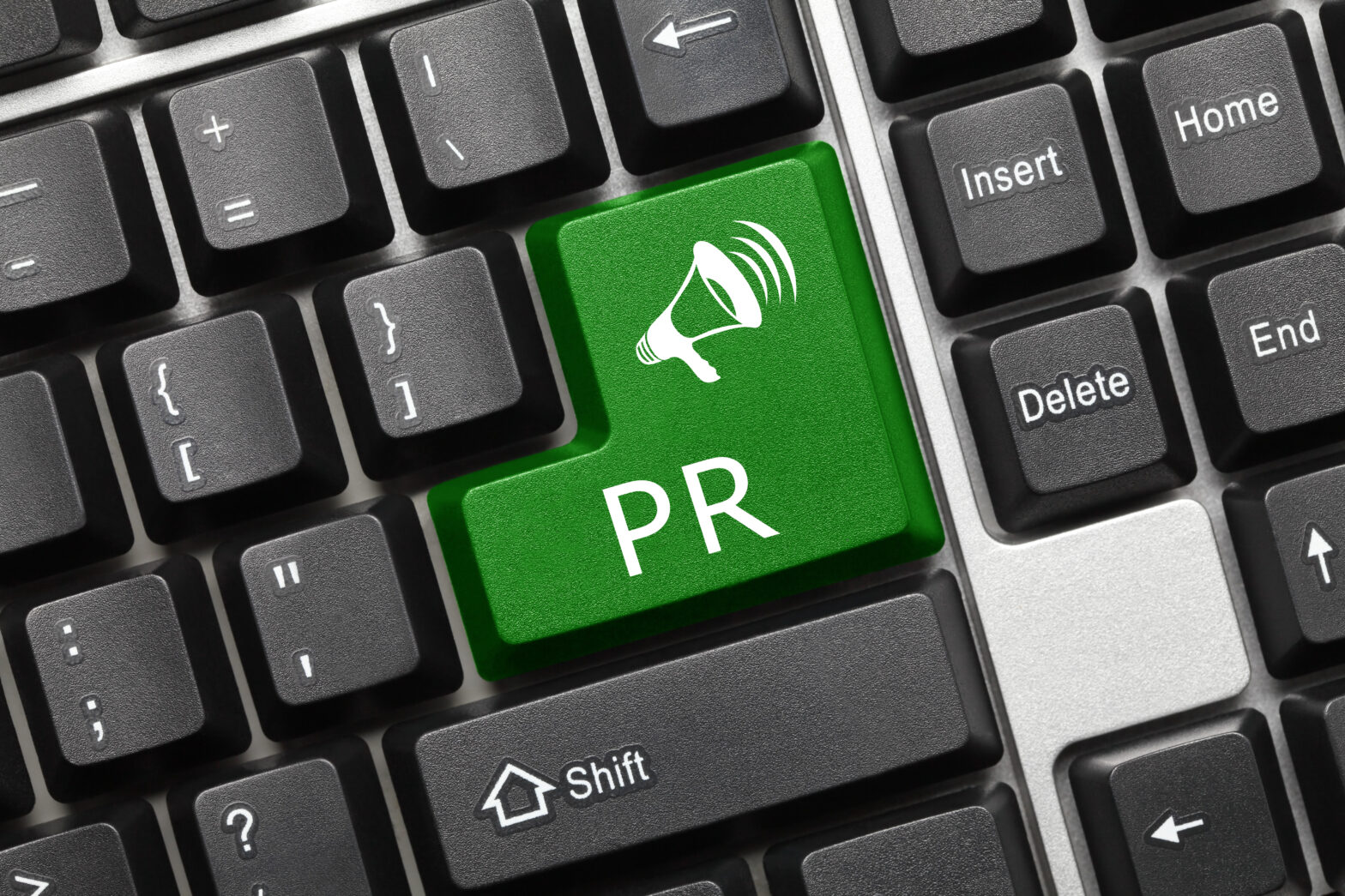A well-designed PR campaign can make you more respected and credible, whereas a poorly designed campaign can do just the opposite.
Fear not – it isn’t difficult to plan your PR campaign strategy. As long as you stick to the key essentials then it can be quite simple and easy to do.
So, what are the keys things to do in order to successfully launch your PR campaign?
Have goals and targets
One of the most important things to consider before you start planning your PR is what your goals and targets will be.
These will differ with every business and through the year you will need to alter and adapt these. Once your goals and targets have been established you will be able to easily figure out your strategy is.
Think about things like increasing brand awareness, growing your company, improving your media image and getting more investors on board.
Make sure you have clear goals and targets in mind to then strategise your PR campaign around them.
Identify your audience
It may sound simple and obvious, but businesses often overlook their target audience. Instead of aiming for national papers, it may be more worthwhile to aim to be published in smaller industry-specific magazines.
Are you aiming your business towards men or women, older or younger people? Which profession are you aiming at?
Identifying your audience is crucial. Once you have identified your audience then it will make planning your approach easier. It will also help you save time you may have wasted if you approached generic media outlets instead of more industry-specific ones.
Social media
We live in the digital age where media is heavily focused on social media. Many publications use social media platforms such as Twitter, Facebook and Instagram – as do your target audience. Try utilising social media to reach the media and your target audience in a non-traditional and easy manner.
Regularly posting on social media is important.
Make sure you are keeping up-to-date with industry events and using Twitter hashtags to get involved with the topic. Also, it may be worthwhile to create a media list of journalists and influencers on Twitter that are relevant in your industry. This can be done through Twitters ‘Lists’ feature. By keeping an eye on their social media accounts to find out about what they write about and specialise in, you will be better prepared for pitching to them.
Reach out to the media
If you want your business to have media coverage then you need to actively contact the media. Gone are the days where you would have had to physically go to publications to pitch your product or service.
There are now many simple ways to get PR media coverage.
Reply to #journorequests: The Twitter hashtag allows you to see journalist requests on what they are seeking for their article. If their request applies to your business then all you need to do is reply – they may feature you in their next big article.
Get media contacts: There are many networking events that allow you to meet others in your industry. This is incredibly beneficial for you to meet new people that may want to collaborate or feature you on their website. The more you network, the easier it is to find people that can be a great asset to your business.
Use PR tools: Journolink lets you send out your press releases to thousands of different journalists, bloggers and broadcasters. It also allows you to receive editorial requests from journalists, meaning you won’t necessarily have to wait for journalists to contact you and can be more active with getting media coverage.
Google Alerts are another good tool to monitor your PR campaign easily and free of charge. All you have to do is set up some key words such as your business’ name. It scans the internet for you, and promptly emails you with any new results. It’s a great way to keep an eye on media coverage.
Trello is yet another great tool for project management. It’s especially great to help you plan your PR strategy as it helps you create different calendars for each project over the next 6 months – so you can be on track with your plan.
Simran Ghata-Aura is the media relations assistant at JournoLink





